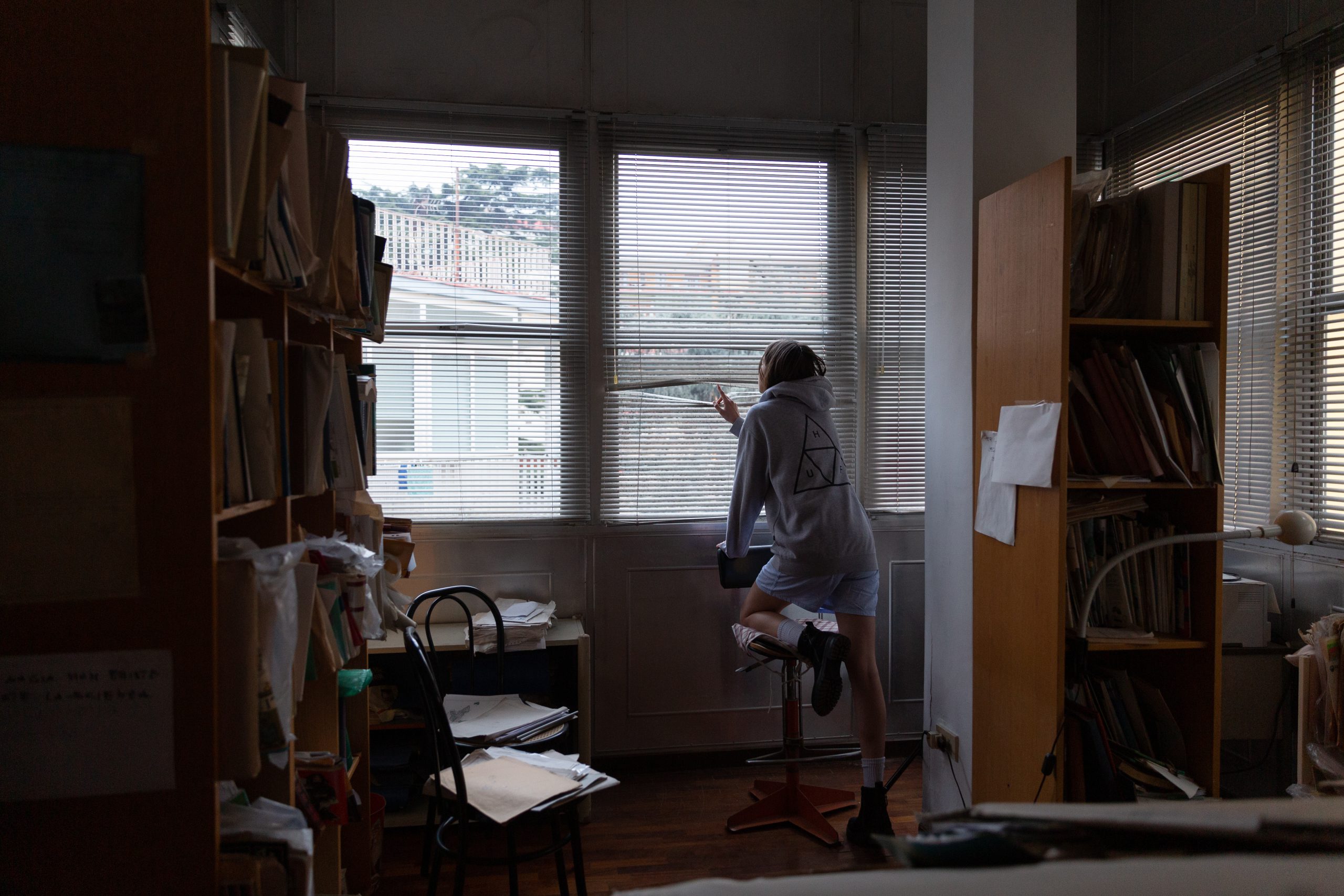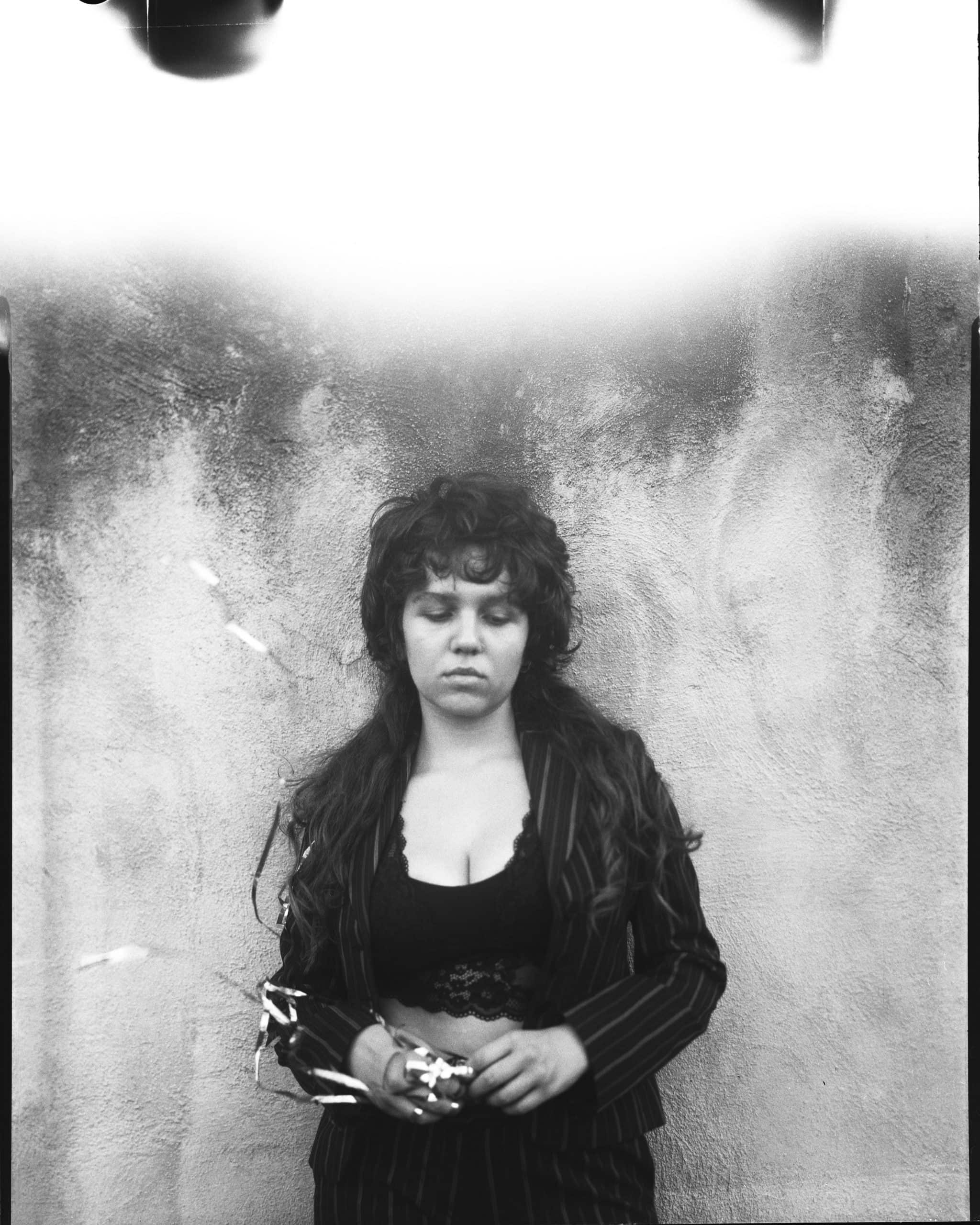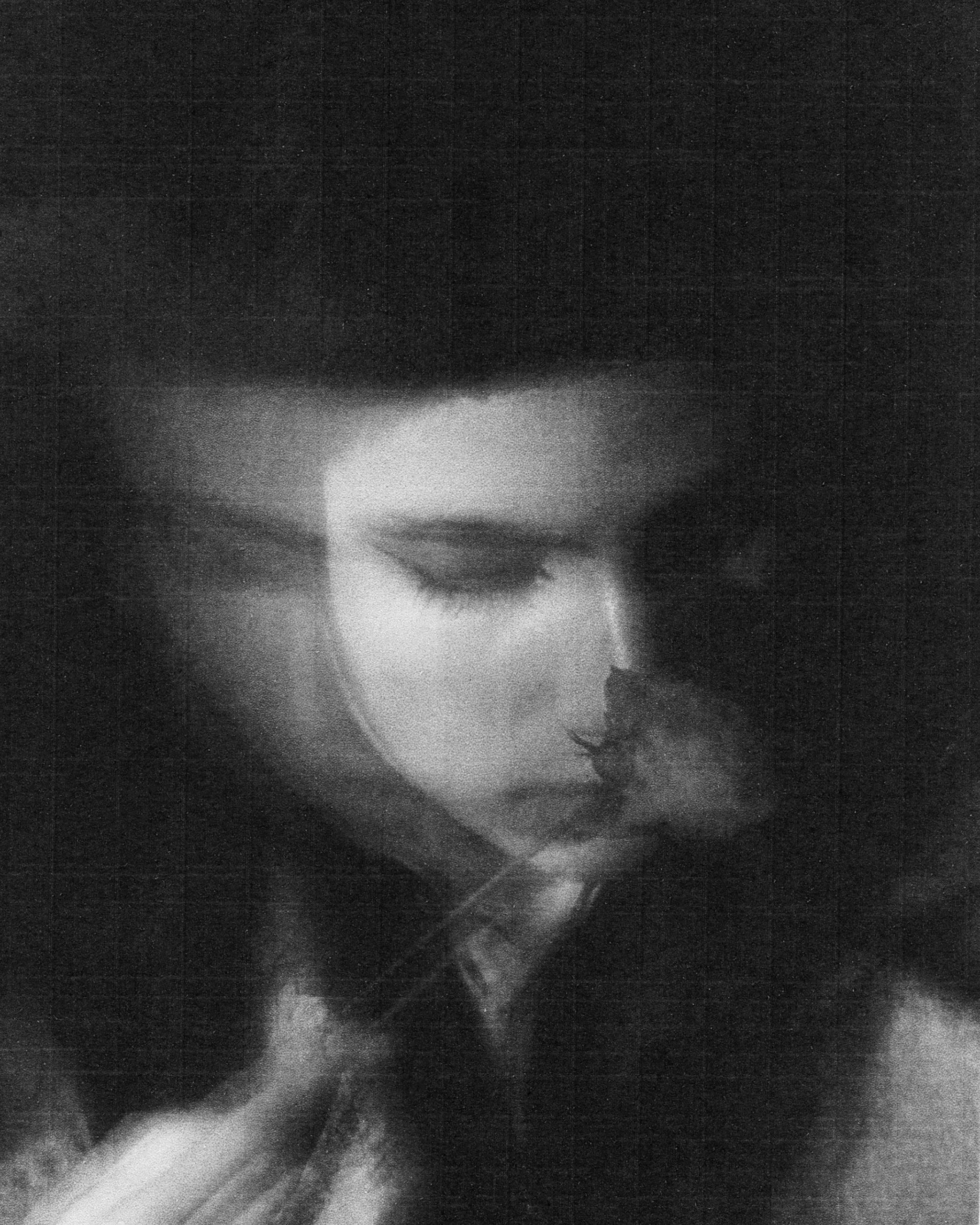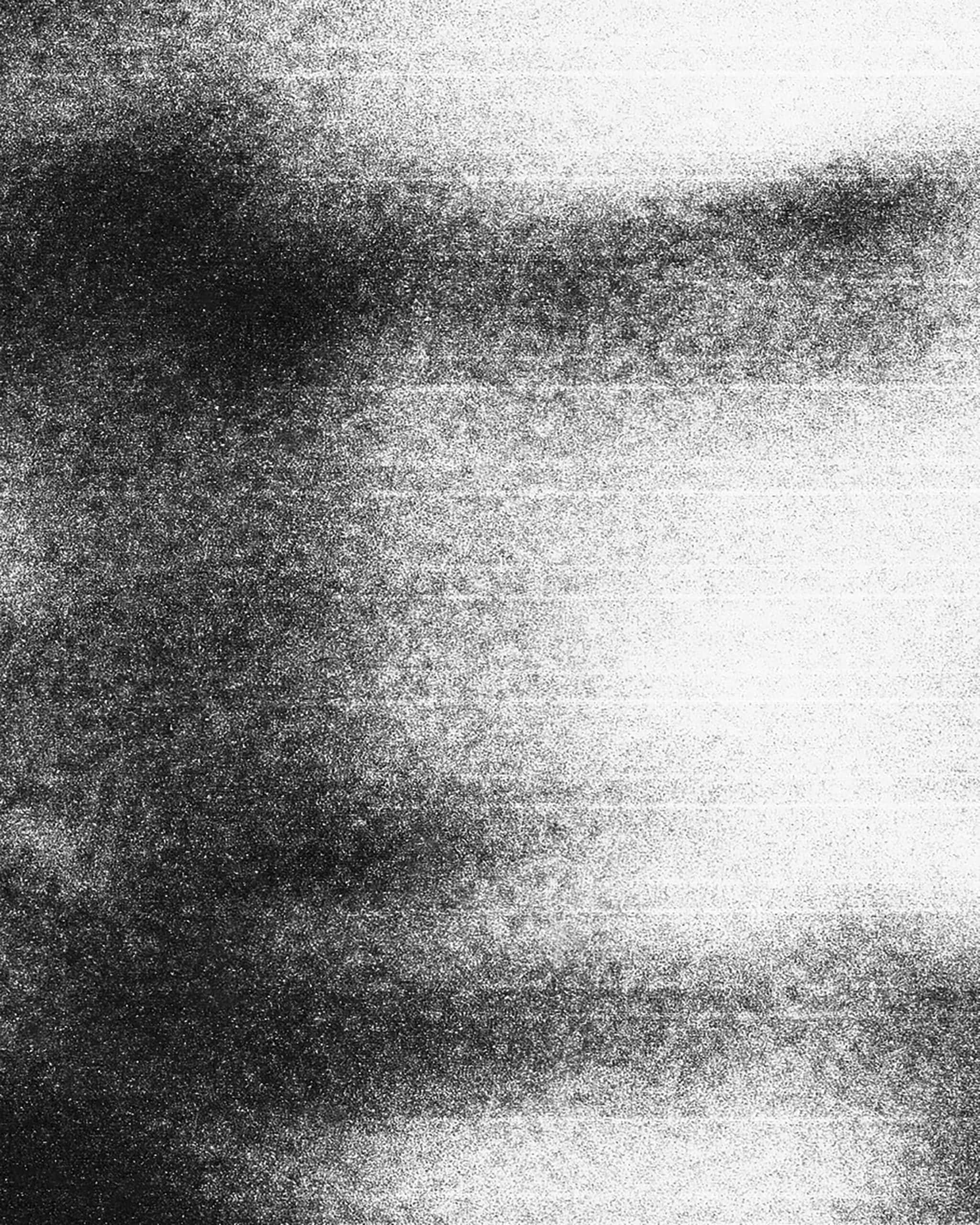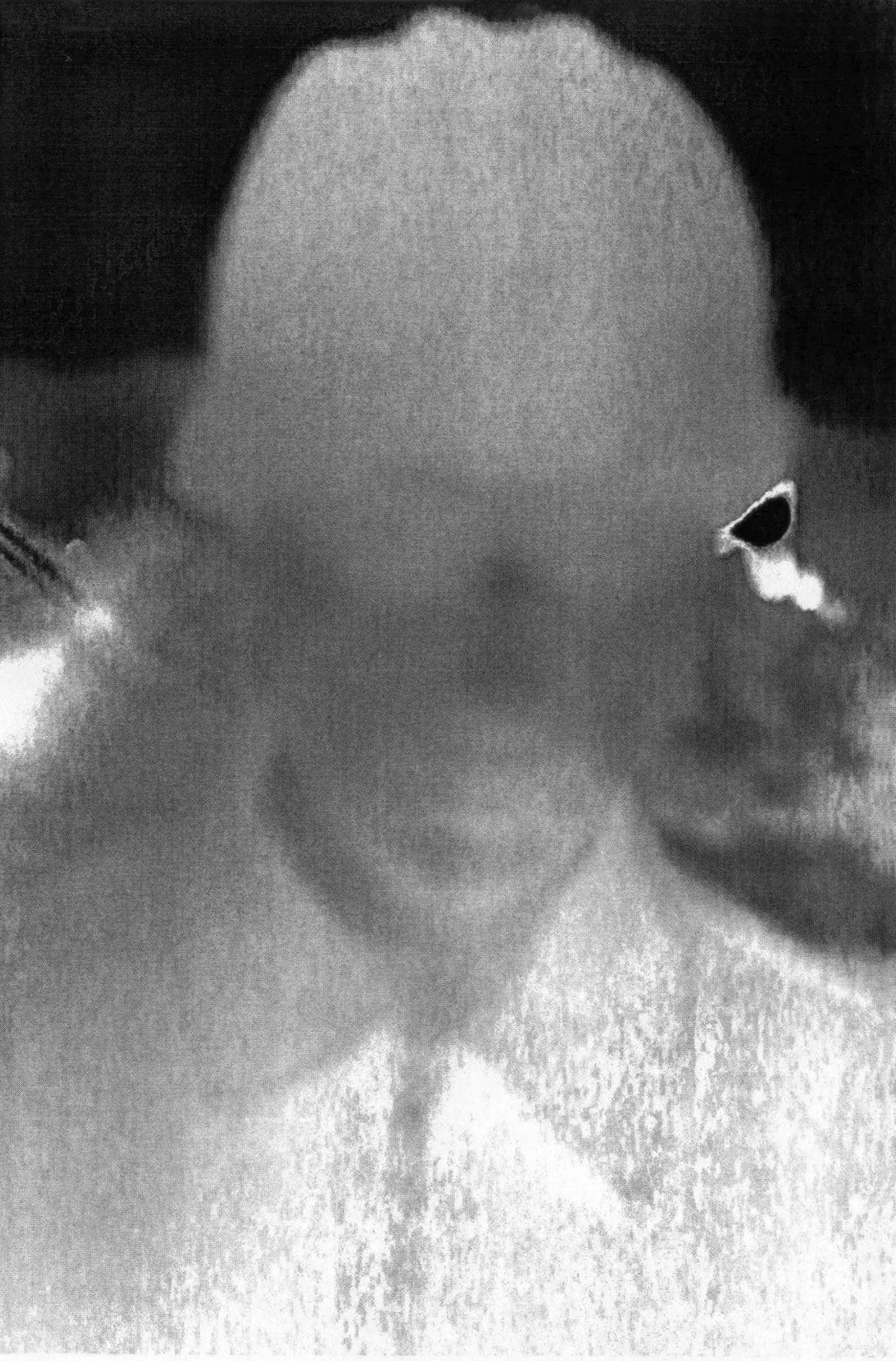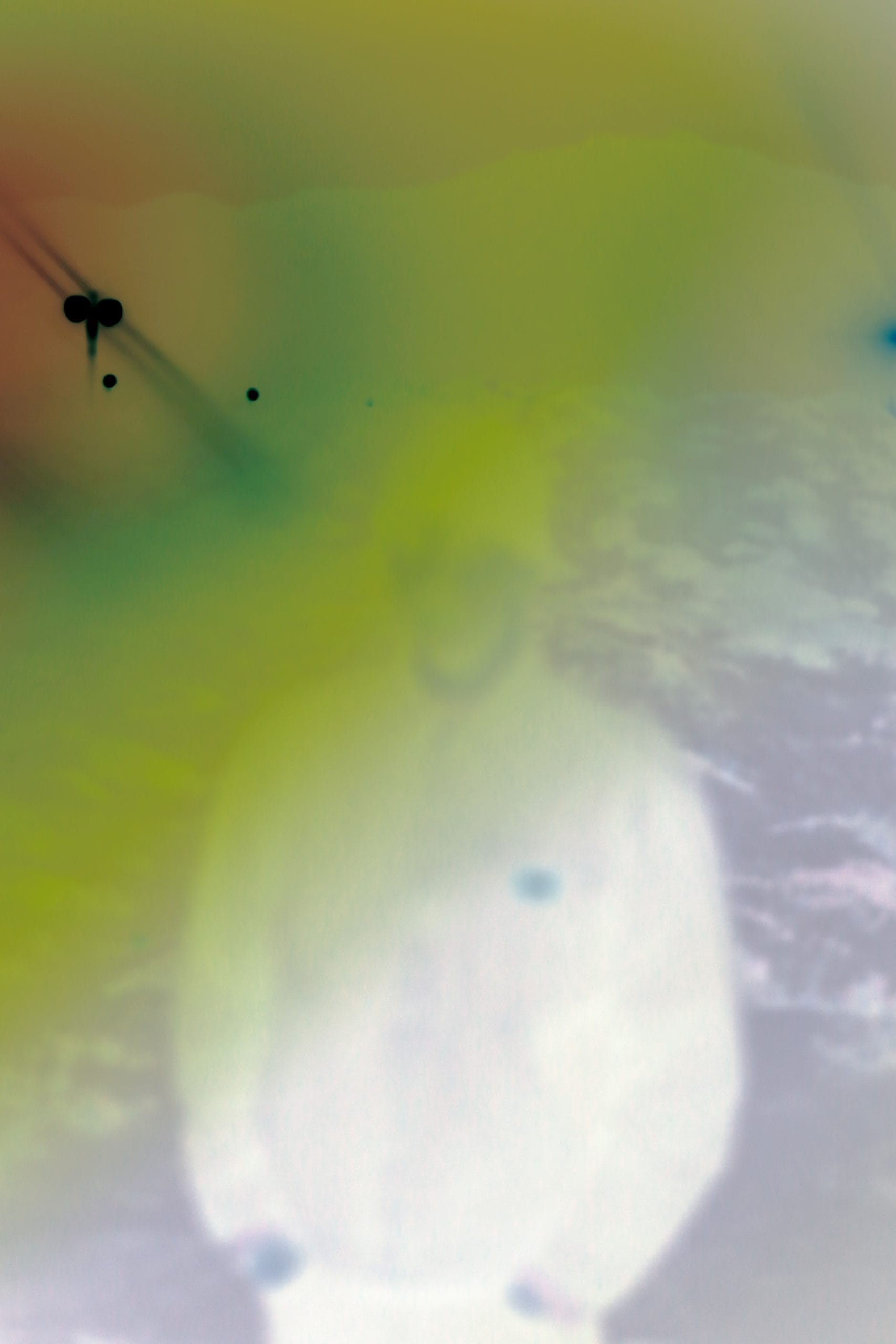Anthropologist Edward T. Hall studied and theorized about interpersonal behavior. Observing people’s attitudes in space, Hall noted that there are four types of spheres: intimate, personal, social, and public. These spaces are associated with precise distances that translate the freedom of the interlocutor according to the perimeter into which he falls. The closest level of interpersonal communication is represented by the intimate distance, in a space that varies between 0 and 45 centimetres: in this extensive range, the maximum connection between two subjects is reached, up to an intimate and profound fusion.
On the contrary, in Diana del Franco’s photographic practice, the concept of proxemics, understood as non-verbal communication defined through distance, loses its spatial coordinates and is established in an essential dimension. The connection is no longer on a linear meter but on an emotional scale. The camera’s eye borrows a gentle touch, caresses whoever is in front of it, and discreetly observes, not captures (!), a term that carries within itself a sense of denial to the other of something, of deprivation. Diana del Franco’s photography does not capture: she is offered nudity by subjects who allow themselves to be caressed by her soft gaze, by the attitudes of a non-invasive practice, where everyone can remain within their perimeter that is, however, permeable to the camera. If photography can be a tool for looking outside–of oneself and into the world–where it becomes an act introjected inside a valve for discovering inner worlds. It is with very human observation that, in the pictures, essence is transformed into presence. This is possible by building an unfiltered connection between the photographer and the other. Although the camera is a medium between the two elements, agent and returner, the creative poetics ‘removes the veil’, cancels the obstacle, and sheds light on the truth (‘aletheia’, ‘without veil’) of each. It starts with the concept of the unknown -literally since some of the photographed subjects are strangers to the artist until shortly before their encounter- and arrives at a connection in the equation: for a moment frozen in time [you + I] become us.
The scouting of the subjects is varied: some people were contacted via Instagram or dating platforms, to go beyond the circle of people already known for a long time, and also to make a horizontal discourse on all types of young people, bypassing even quarters and social status. The protagonists of the photographs are deliberately taken from Gen-Z and the Millennials, and the photographic stories were created to redeem these generations from the widespread tales of a stereotyped Naples, so traditional as to be old-fashioned. When Giants Sleep They Dream of Infinity wants to represent the present time, both social and personal, and is therefore part of a narrative that gives vent to a more authentic aspect of Neapolitan reality and decidedly non-touristic. All the subjects are linked to the Neapolitan city: some moved to Naples, some were born there, and some grew up there. Whatever the encounter with Naples is, it is indelible and visible. Some images have sharp, defined contours, others are so blurred as to cancel out the contours: each technique is a way of aligning with the personality of the subject. Some ride the wave of time and “those who hide in the folds of time” says the photographer. Nullifying the physiognomy of an individual is a way of giving even more space to his intimate personality. Casting it in context or merging with it is another solution for the same objective.
Every photograph, born from several techniques but from one stylistic, aesthetic, and conceptual research, tends towards a constant connection with emotional states: to do so, it not only translates Diana del Franco’s expressive vocabulary but also speaks the languages of the photographed people. Speak, not shout. A characteristic of Naples is its soundtrack which is always lit and loud, rhythmic on the energy of a noisy life: in these photographs, the sound of the city is so internalised in the subjects that they render an almost sacred silence. A silence in which there is room to hear the music of each character not overpowered by a choral sound dimension. The actual power of these images lies in the fact that wherever we come from, there is a universal language that makes us all understand the collection. Here are the ‘instructions for use’ in perceiving the work: open your eyes, look at the pictures, close your eyes, and dream of infinity.



